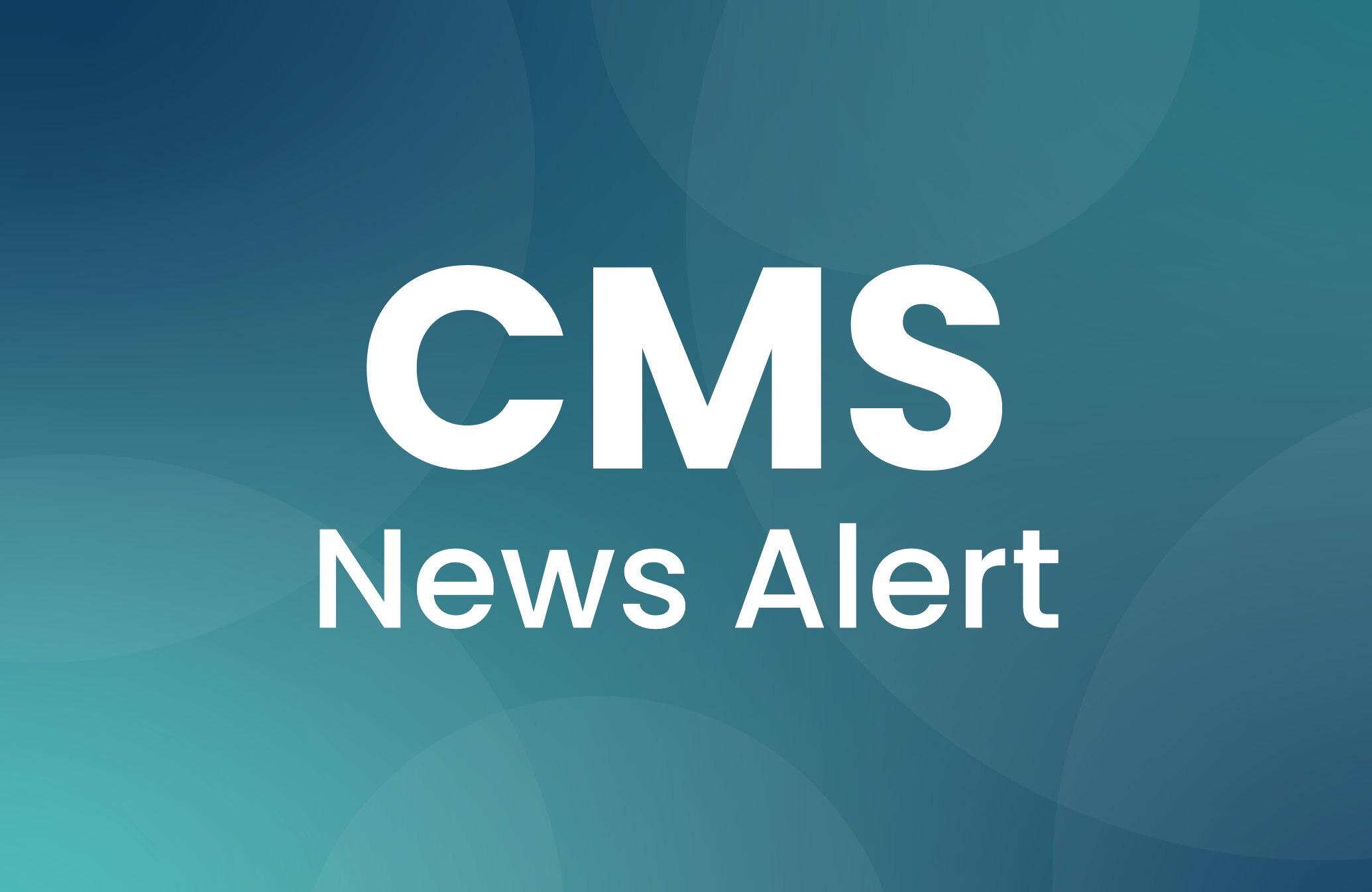On November 9th, CMS released the Medicaid and CHIP Managed Care Final Rule that finalizes the 2018 proposed rule. As background, on April 25, 2016, CMS published the Medicaid and CHIP Managed Care Final Rule, which aligned key rules with those of other health insurance coverage programs, modernized how states purchase managed care for beneficiaries, and strengthened the consumer experience and key consumer protections. This final rule was the first major update to Medicaid and the Children’s Health Insurance Program (CHIP) managed care regulations in more than a decade (since 2002).
On November 14, 2018 CMS issued proposed rules designed to streamline the Medicaid and CHIP managed care regulatory framework to relieve regulatory burdens, support state flexibility and local leadership, and promote transparency, flexibility, and innovation in the delivery of care. The proposed rule focused on network adequacy, beneficiary protections, quality oversight, and rate setting payment.
Subsequently on November 9th, 2020 CMS finalized the proposed rule to achieve a better balance between appropriate federal oversight and state flexibility, while also maintaining critical beneficiary protections, ensuring fiscal integrity, and promoting accountability for providing quality of care to people with Medicaid. The rule loosens Medicaid managed care requirements that were too burdensome, allows states to complete the rate review faster, and sets minimum standards for network adequacy that enables telehealth.
The following are the revisions and the Medicaid and/or CHIP impact areas:
| Provision | Medicaid | CHIP |
| Setting Actuarially Sound Capitation Rates | X | |
| Pass-Through Payments | X | |
| State-Directed Payments | X | |
| Network Adequacy Standards | X | X |
| Risk Sharing Mechanisms | X | |
| Quality Rating System | X | X |
| Appeals and Grievances | X | X |
| Requirements for Beneficiary Information | X | X |
There are several relevant provisions for the services and programs Icario offers its clients. First, there is a strong focus on language accessibility in several areas, one of which requires oral interpretation in all languages and written translation in each prevalent non-English language. Written materials for critical services:
- Must include taglines in the non-English languages in the State explaining the availability of written translations or oral interpretation to understand the information provided
- Must include information on how to request auxiliary aids and services and the toll-free telephone number of the entity providing choice counseling services
- Made available in alternative formats upon request of the potential enrollee or enrollee at no cost
- Taglines must be printed in a conspicuously-visible font size

Still looking for more of the latest insights on health action?
Sign up for our newsletter so you never miss a thing!
These non-English language requirements also apply, within certain service areas, to provider directories, enrollee handbooks, appeal and grievance notices, and denial and termination notices. Separately, and in line with network adequacy requirements, CMS imposed additional requirements around providing notice of termination of contracted provider and timeline for it.
Second, and consistent with other CMS programs, the agency modified and solidified certain requirements around the Quality Rating System (QRS). The following chart represents how the QRS provisions have evolved since the 2016 Final Rule.
| 2016 Final Rule | 2018 Proposed Rule | 2020 Final Rule |
| Allows states to adopt an alternative quality rating system (QRS) that yields information substantially comparable to the CMS-developed QRS. | Would require a state alternative QRS to yield information substantially comparable to the CMS-developed QRS only to the extent feasible. | The alternative quality rating system includes the mandatory measures identified in the framework and is substantially comparable to the CMS-defined framework only to the extent feasible. |
The November 2020 Final Rule requires a framework for a Medicaid managed care QRS, including the identification of performance measures, a subset of mandatory performance measures, and a methodology that aligns where appropriate with the qualified health plan quality rating system, the Medicare Advantage 5-Star Rating System and other related CMS quality rating approaches.
States, however, may implement an alternative Medicaid managed care quality rating system that utilizes different performance measures or applies a different methodology. The alternative quality rating system includes the mandatory measures identified in the framework. Ratings generated by the alternative quality rating system yield information which is substantially comparable to that produced by the framework.
The Secretary is required to issue guidance describing the criteria and process through which an alternative QRS system is substantially comparable to the Medicaid managed care quality rating system. In addition, states retain flexibility to include additional measures important to serving their quality goals and meeting the needs of their beneficiaries and stakeholder communities. CMS will leverage the measures selected for the Scorecard and those selected for the CMS-developed QRS as indicators for quality measures. The regulations did not propose specific measures as that will be developed with stakeholders as part of building out the QRS framework.
In understanding how the QRS will ultimately be leveraged, it is interesting to reference the evolution of the Medicare Star Rating system. Star Ratings began in 2007 for beneficiaries and CMS to assess and compare MA plans. The Affordable Care Act dictated payment incentives for overall Medicare performance with a reward system for quality performance.
Similarly, federal and state based exchanges have adopted a CMS quality rating system for this program. Unlike Medicare Star Ratings, there are no incentives tied to performance. Rather, the plan’s star rating is published as part of its promotion and sales activities. The Final Rule QRS is consistent with what CMS initially developed for Medicare and subsequently for QHP. It may be more difficult to create a unified approach for Medicaid because it is diffusely administered by the states. However, Medicaid managed care plans will look forward to understanding the baseline ratings, which will be a starting point for a more uniform system in rating Medicare and Medicaid health plans.


